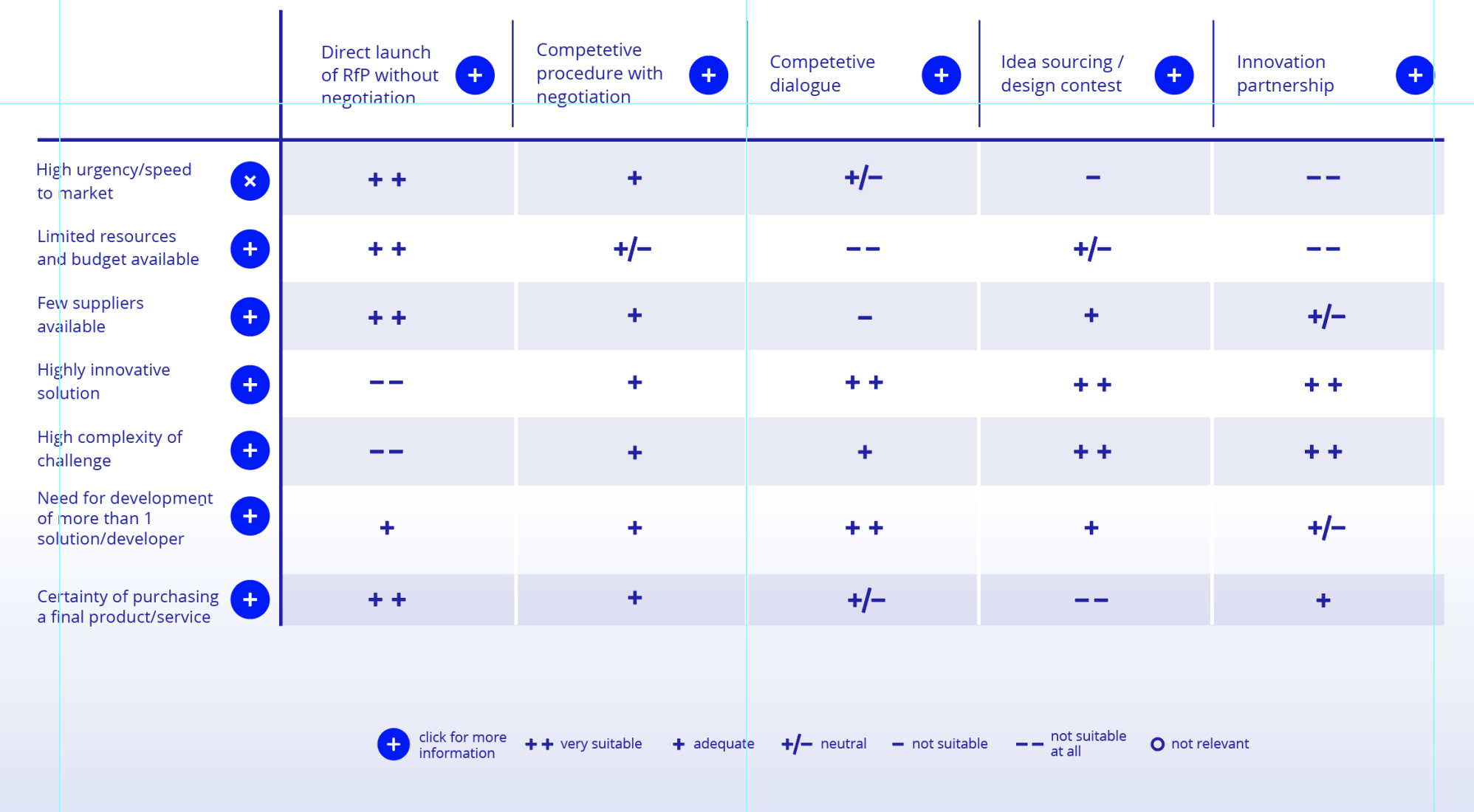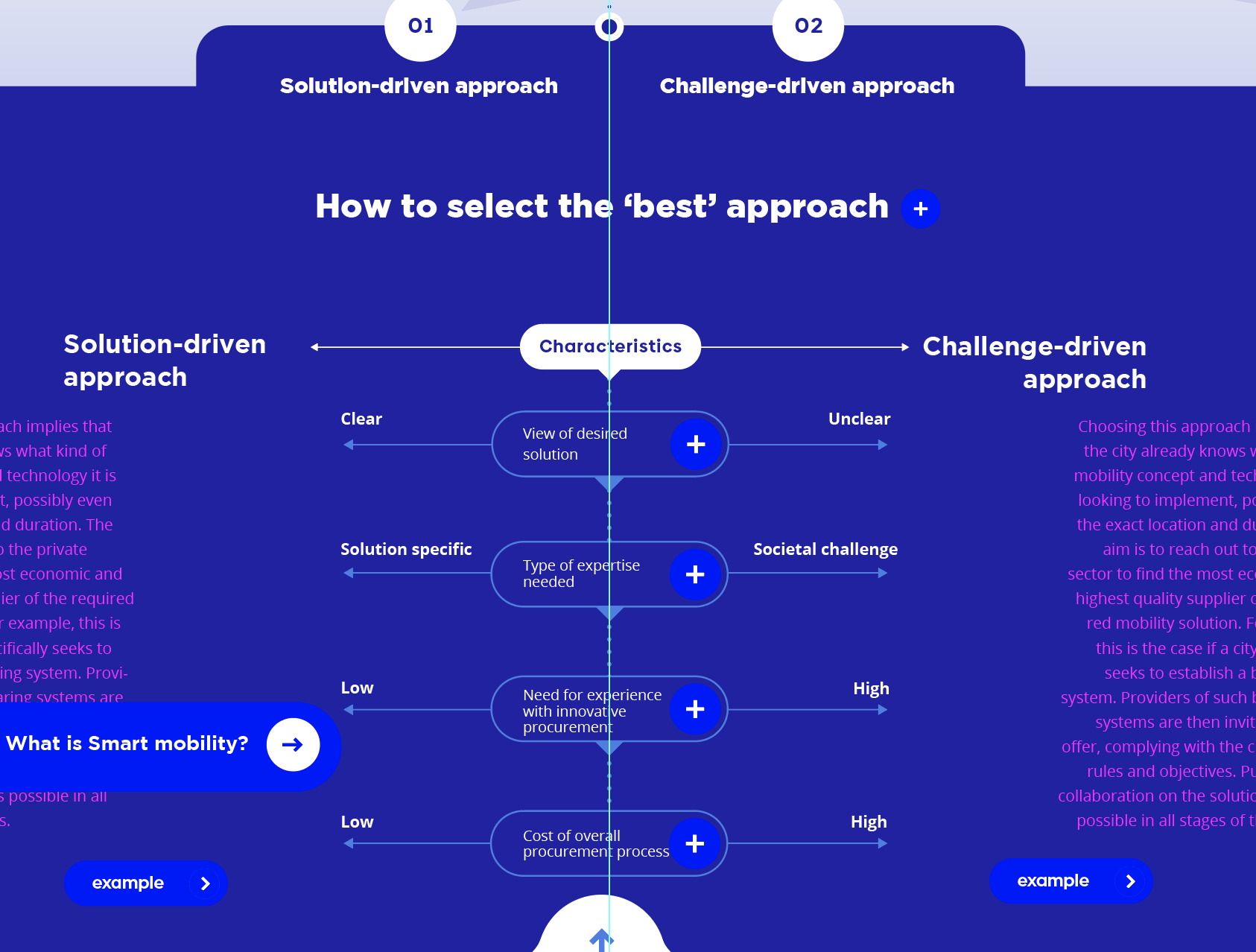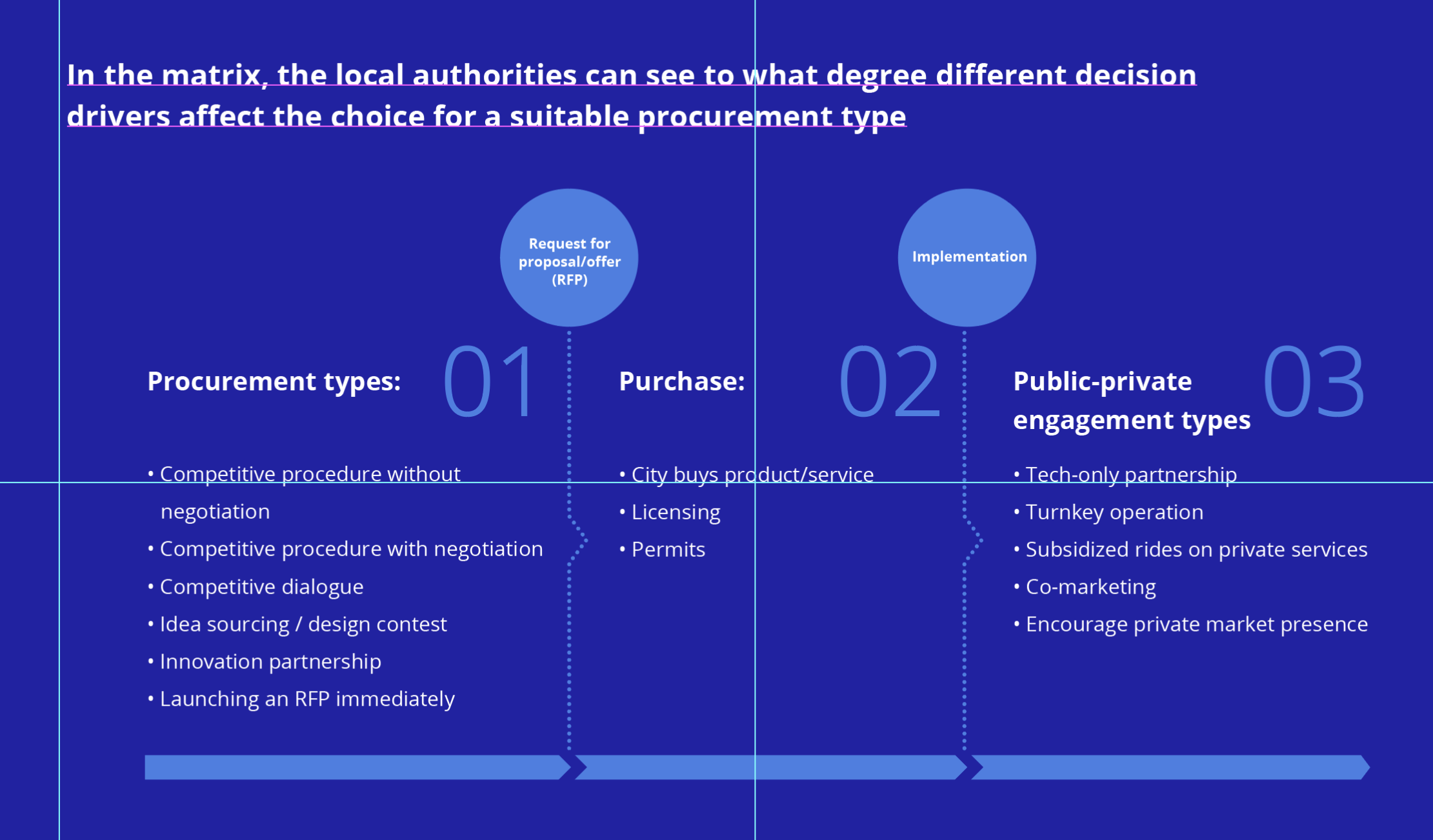












- Competitive procedure without negotiation
- Competitive procedure with negotiation
- Competitive dialogue
- Idea sourcing / design contest
- Innovation partnership
- Launching an RFP immediately
Procurement types:

- City buys product/service (concession)
- Licensing
- Permits
Purchase:

- Tech-only partnership
Turnkey operation
Subsidized rides on private services
Co-marketing
Encourage private market presence
public-private partnership during implementation
Request for proposal/offer (RFP)
Implementation
Conventional products & services (e.g. traffic lights, street lighting, bus stops, etc.) are generally procured by directly launching detailed RFPs. However, the concepts of Smart Shared Mobility (e.g. MaaS, Shared bikes/cars, self-driving vehicles) are relatively new to the market with a new set of involved stakeholders (e.g. recently founded SMEs with unproven business models or new technologies). Sourcing such innovative solutions require new or additional procurement methods in which cities are less familiar with.
The process for selecting and implementing is non-standardised and currently carried out on an individual basis. The matrix is supporting cities to select the suitable procurement type based on the characteristics of their mobility project.


Direct launch of RfP without negotiation

Competitive procedure with negotiation

Competitive dialogue

Idea sourcing / design contest

Innovation partnership

High urgency/ speed to market

Many resources and budget available

Many suppliers available

Highly innovative solution

High complexity of challenge

Need for more than 1 mobility provider

High certainty of purchasing a final mobility solution



very suitable

adequate

neutral

not suitable

not suitable at all









































Cities need to adopt the right procurement type to source and select mobility providers. Once the desired mobility provider has been identified, the final purchase is achieved through a Request for Proposal (RFP) which defines the terms of a formal collaboration (direct contracting, licensing, issuing permits).
scroll down




Cities often have to make a choice for which solution providers they allow to deploy their products and services. In this handbook, we call the process of cities sourcing and selecting mobility providers 'procurement'. The final 'purchase' (via Requests for Proposals (RFPs) is done through ‘direct contracting’, ‘licensing’, or issuing permits.
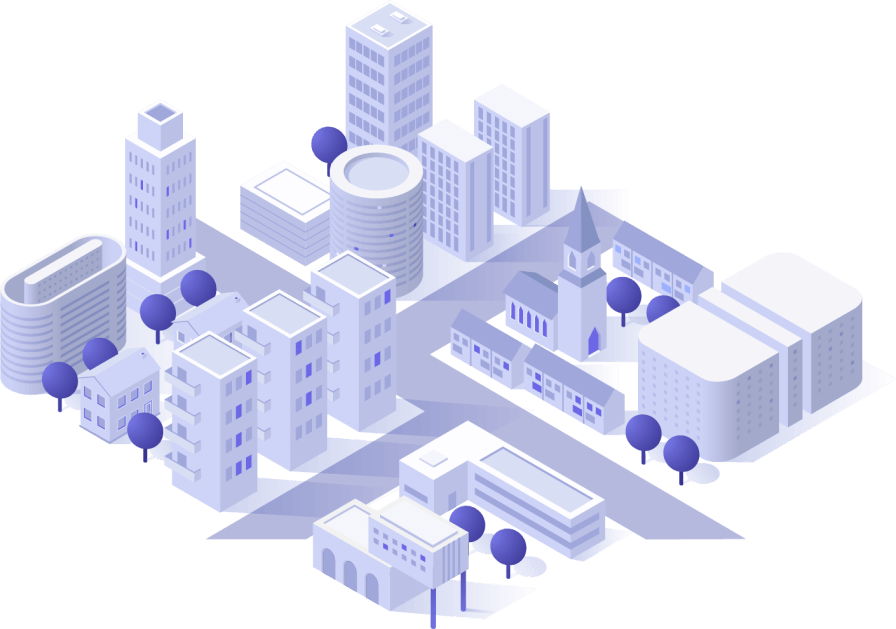
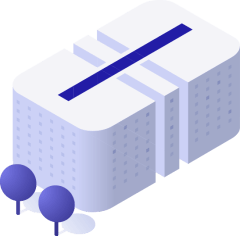






Conventional products & services (e.g. traffic lights, street lighting, bus stops, etc.) are generally procured by directly launching detailed RFPs. However, the concepts of Smart Shared Mobility (e.g. MaaS, Shared bikes/cars, self-driving vehicles) are relatively new to the market with a new set of involved stakeholders (e.g. recently founded SMEs with unproven business models or new technologies). Sourcing such innovative solutions requires new or additional procurement methods in which cities are less experienced in using. The process for selecting and implementing is non-standardised, currently carried out on an individual basis and dependent on a new set of decision drivers. The matrix is intended for cities to understand to what extent different decision drivers affect the choice for selecting a suitable procurement type.

- Competitive procedure without negotiation
- Competitive procedure with negotiation
- Competitive dialogue
- Idea sourcing / design contest
- Innovation partnership
- Launching an RFP immediately
Procurement types:

- City buys product/service (concession)
- Licensing
- Permits
Purchase:

- Tech-only partnership
Turnkey operation
Subsidized rides on private services
Co-marketing
Encourage private market presence
public-private partnership during implementation

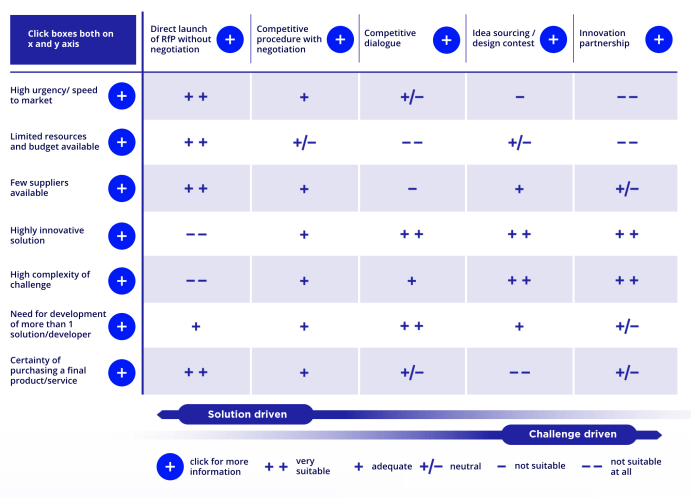
Implementation
Request for proposal/offer (RFP)


